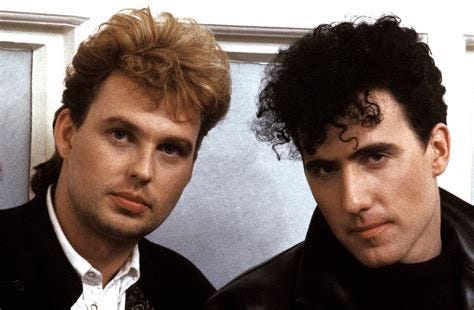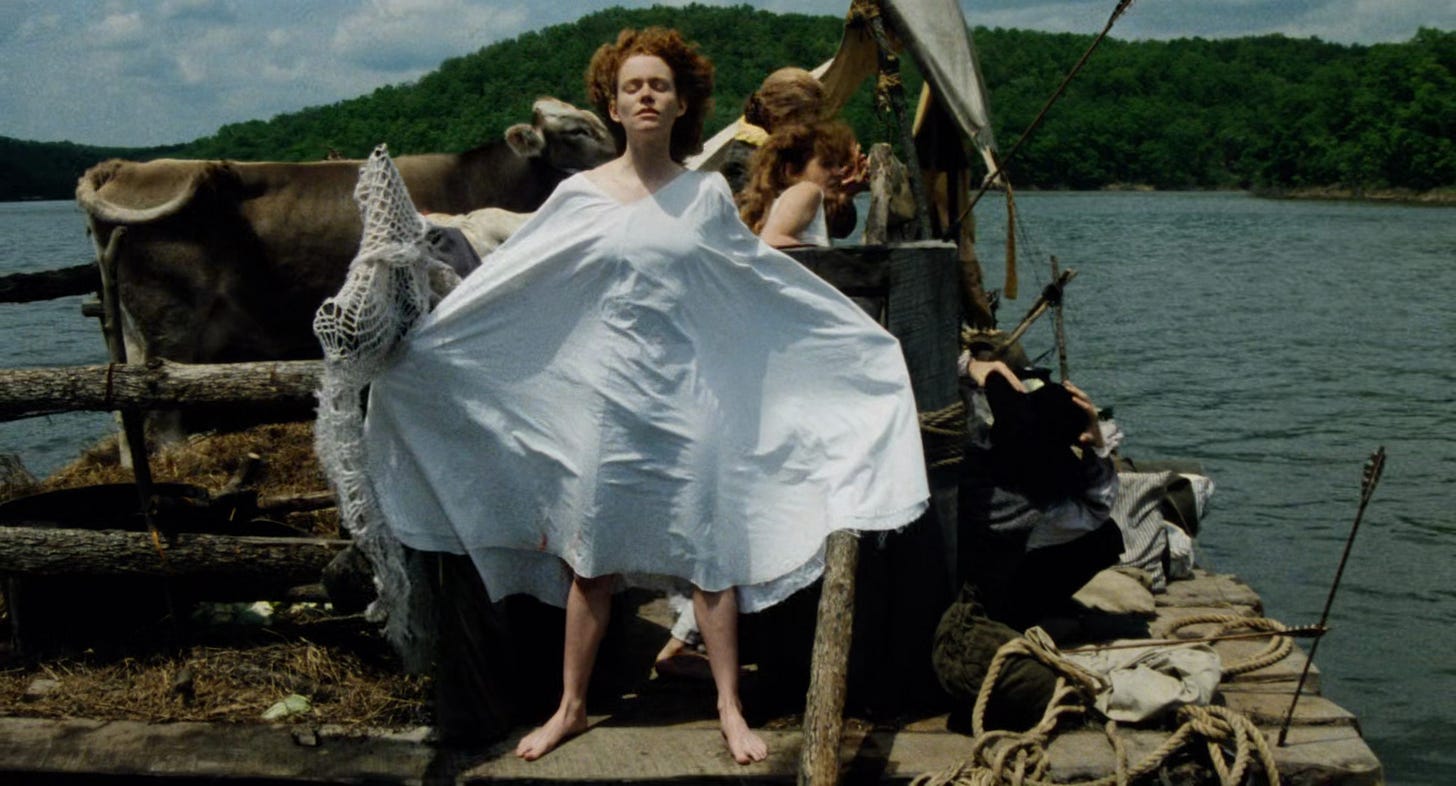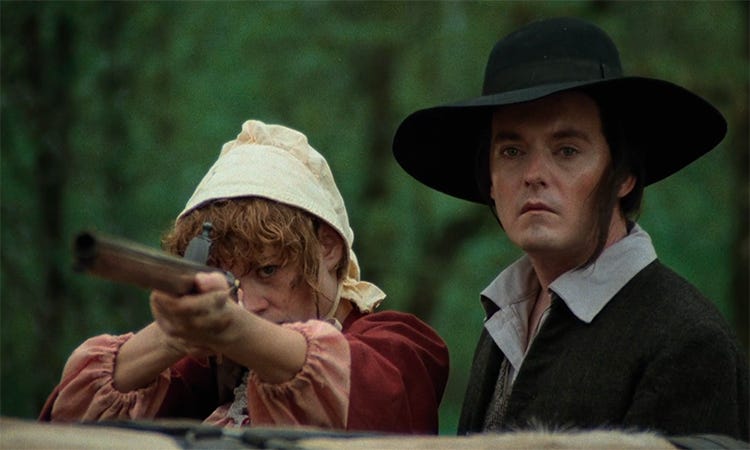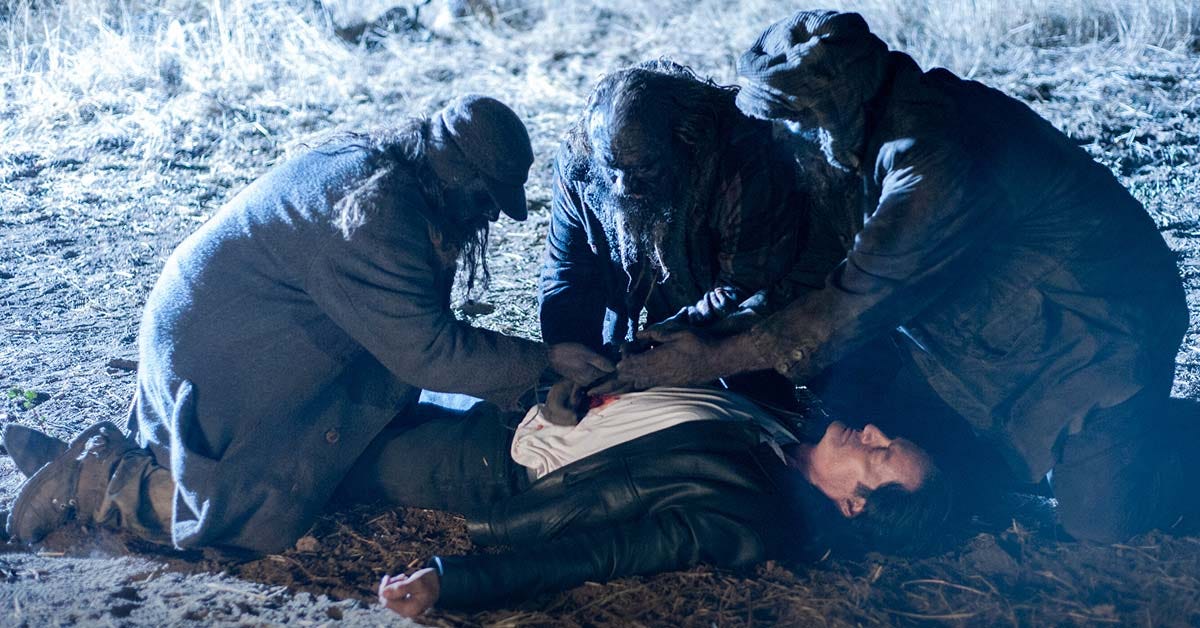While searching for something to watch on Shudder recently, I came across a list of recommended films that named Eyes of Fire a lesser-known folk-horror classic. Since folk horror is my preferred subgenre of horror, I simply had to watch it. And folks, I am obsessed.
Eyes of Fire is set in colonial America and follows the movements of a group of settlers banished from their former land amidst accusations of adultery between the settlement’s new preacher and two women. The settlers attempt to hang the preacher but fail because Leah, one of the aforementioned mistresses, quietly recites incantations to cause the noose to break. The main character’s wife becomes enchanted by the preacher who leads them on their journey to a new land, and her bewildered husband witnesses the bewitchment of everyone in the group as they fall deeper into madness. Everyone, that is, other than Leah, characterized as insane by the rest of the group and who has been quietly protecting the rest of them from harm through her weird little rituals.
This film exists at a cinematic crossroads where it was clearly inspired by some other cult classics that came before it and had its own impact on subsequent films. In particular, the scenes of the settlers traveling down a river on a makeshift raft, fornicating openly while Natives attack them from the shore, has much in common with Werner Herzog’s Aguirre: The Wrath of God (although, thankfully, without the implied incest).
I was immediately struck by the appearance of Dennis Lipscomb, playing the part of Will Smythe (lol). He looks so much like Kyle MacLachlan, especially the long-haired Black Lodge version of Agent Cooper in Twin Peaks: The Return, that I immediately thought of Twin Peaks (I mean, I’m always thinking about Twin Peaks, though, let’s be honest). I thought it was just a little folk-horror coincidence, but other similarities to Twin Peaks, especially The Return, just kept coming, which set my mind reeling. Either David Lynch saw Eyes of Fire around the time it was first released and the spark of inspiration was lit, or he saw it in the 25 years between seasons 2 and 3 and decided to emulate aspects of it for The Return. The latter possibility would mean that the physical resemblance between Dennis Lipscomb and Kyle MacLachlan is pure coincidence, though, and that is something my mind cannot compute. In my version of reality, Lynch sought out Lipscomb’s doppelganger, whether consciously or unconsciously, first casting him in Dune and then using him for the real project he had in mind: Twin Peaks.
"David Lynch plucked me from obscurity. He cast me as the lead in Dune and Blue Velvet, and people have seen me as this boy-next-door-cooking-up-something-weird-in-the-basement ever since."1 MacLachlan’s characters purportedly serve as a sort of cinematic proxy for Lynch (Lynch on Lynch) and I wonder if Lynch saw so much of himself and his creative vision illuminated in Eyes of Fire that he couldn’t help but be drawn to this person whose face would seem immediately familiar to him during screen tests. Perhaps fate knew what they would create together and pushed them in little ways so they would cross paths and make television and film history, influencing future generations of visual storytellers, artists, poets, and musicians.. What would the artistic world look like without their collaboration? I shudder to think of it.
The Native characters in Eyes of Fire warn the settlers that the land they have come to claim is only empty because it is poisoned. The hidden ruler of the forest, a witch made from the earth itself, ascends from its depths to terrorize the human settlers. And even this monster has proto-Lynchian characteristics, calling to mind the Hobo behind the restaurant in Mulholland Drive.
At one point a Native child appears to the group and they take her in as an orphan, believing her sent to them as a sort of welcome, only to find that she is a vengeful spirit born from the blood and grief of the ancestors who were murdered in this land by people just like them. This is the essence of folk horror: the land itself is the real main character, in this film quite literally in the earthly manifestations of both witch and child.
Reviewer Dennis Schwarz gave the film a B grade when it was released and called its special effects “cheesy,”2 which riles up in me a defensive instinct. I’ve noticed throughout my film-viewing, art-loving life that most of my favorite creations are those labelled “cheesy” by others, and often the things I love most are those that aren’t appreciated until long after the creator dies and the public comes to grips with how ahead of their time the artist was. Often the best art, in my opinion, is the stuff that is so over-the-top in its camp and cringe factor that it immediately challenges the audience to enjoy something despite their desire to be thought of as cool. My favorite band, Orchestral Manouevres in the Dark, is a great example of this. I can’t tell you how many times people I’ve dated have told me how cheesy this band is, as if I didn’t know already, and as if their informing me would make me stop listening. It won’t, people. The cheese is the flavor I’m looking for! Cheese is the flavor of the 80s (and my heart), baby.

Thankfully, more recent critics have come to appreciate the film for its place in history and its artful techniques. Adam Symchuk, writing in 2021, called the Witch in Eyes of Fire “morbidly engrossing” and “easily one of the best creature designs in all of horror cinema.”3
Symchuk also highlights the use of creative layering techniques in the film’s editing, which allows for the illusion of ghostlike creatures appearing, disappearing, and reappearing in the landscape in much the same fashion as the Woodsmen who flicker around Black Lodge Cooper’s body in Twin Peaks: The Return.
Leah’s haunting plea to “Pull her out… before it’s too late!” and the film’s tagline of “the secret is sleeping in the trees” echo the idea of a nameless evil lurking in the woods outside the town of Twin Peaks and the Orphic journey Agent Cooper embarks on to release Laura from its terrible magic. Clearly, at the very least, both Eyes of Fire and Twin Peaks exist in the same cinematic universe, and perhaps Eyes of Fire is part of the Twin Peaks origin story: a landscape scarred by colonialism, haunted by the spectre of nuclear war, trapping hapless souls in trees and drawer pulls. With the recent death of David Lynch, we’ll never know. But then again, he was never known to spoil the mystery.

Watch the trailer for Eyes of Fire and tell me what you think!









